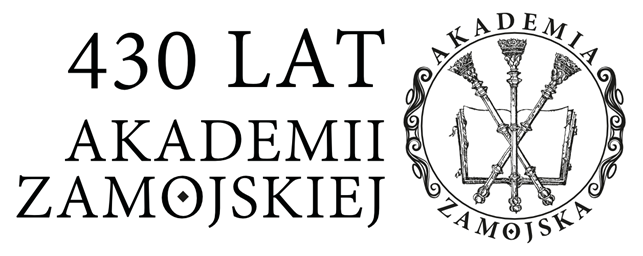The Palace-Park-Farm Complex in Sitno, Zamość Poviat, on the Plan from 1923.
Ewa Prusicka
Abstract
The history of Sitno, a village located near Zamość, dates back to the early Middle Ages (archaeological findings), and it was mentioned in historical records for the first time 600 years ago. The village successively belonged to the boyar Michałek Brah (Braz), Wawrzyniec Strączek from Bzowiec, the Snopkowskis (coat-of-arms Rawicz), the Sobieskis (coat-of-arms Janina), the Fredros (coat-of-arms Bończa), and the Malczewskis (coat-of-arms Tarnawa) who owned Sitno for the longest time, i. e. 235 years, starting in 1677. In the 19th century, they built a palace complex, which is the main object of the author’s interest. In 1912, the estate was purchased for a debt by Witold Święcicki (coat-of-arms Jastrzębiec), who soon parcelled up the property and sold it to the Zamość Sejmik (a Polish regional assembly). It was at that time that a plan of the palace-park-farm complex was outlined, the most important part of which has been preserved in the collection of the State Archive in Zamość. It is this plan that the main part of the article is based on. Having also used other iconographic and source materials, as well as field research, the author identifies the following objects on the plan: the palace, granary, cowshed, barn, and minor farm buildings, such as stables and pigsties, as well as the landscape park. The descriptions of their architecture and state of preservation are supplemented by photographs from the 19th and 20th centuries and contemporary photographs. The author also describes the structures which have not been preserved, such as the livestock building, the farm labourers’ living quarters, the farm manager’s house, and the distillery. From the 1920s to the 1940s and 1950s, the palace housed the famous Female Agricultural School and the local sejmik, to eventually become an agricultural advisory centre, which has been reorganised several times.
Keywords:
Sitno, palace complex in Sitno, Malczewski family (coat-of-arms Tarnawa), Female Agricultural School in Sitno, Zamość SejmikDetails
References
Statistics
Authors
Citation rules
Altmetric indicators
Licence

This work is licensed under a Creative Commons Attribution-NoDerivatives 4.0 International License.


 Język Polski
Język Polski
 English
English





